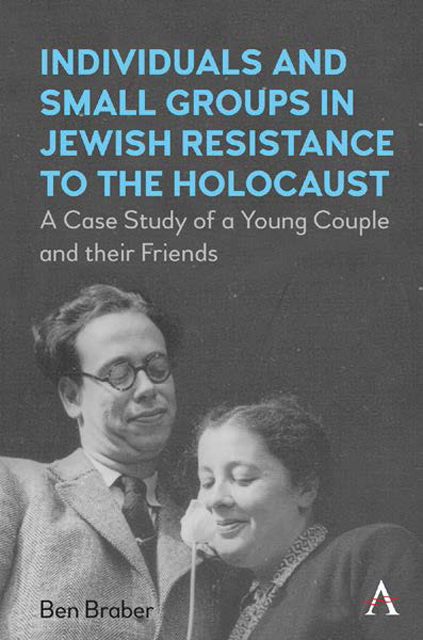 Individuals and Small Groups in Jewish Resistance to the Holocaust
Individuals and Small Groups in Jewish Resistance to the Holocaust Summary
The first deportation train left the Netherlands in the night of 14 to 15 July 1942. Its destination was Auschwitz. By September 1943, more than 93,000 Jews had been taken from the Netherlands. This figure rose to about 107,000 in September 1944. Only a few thousand survived. Most of the others were gassed in the extermination camps of Auschwitz and Sobibor, often on arrival after a gruelling train journey in locked goods wagons or cattle carriages that lasted several days. The remaining victims died quickly, mostly of hunger and disease in slave labour camps.
The German-Jewish friends of Nol and Ter belonged to the first group that was to be deported. In February 1942, the Jewish Council agreed with the planned transport of some 20,000 German and stateless Jews from the Netherlands to Poland. However, that wasn't enough for the Germans. At the end of June the Council was told that Dutch Jews would also be summoned for what was called Arbeitseinsatz (labour assignment) or the even more misleading Dutch term werkverruiming (increased employment) in eastern Europe.
The National Socialists were planning the deportation in regular – sometimes weekly – transports of thousands of people, spreading the uprooting over time. About a hundred of these transports were foreseen. The Zentralstelle in Amterdam-South sent out the deportation orders to each individual that was to be transported, first by mail, later the Dutch police delivered the notices. It was planned that those who were called up had to go to the office of the Zentralstelle to complete the required forms, and to hear when they would travel to the transit camp of Westerbork. However, sometimes they went straight from the Zentralstelle or another collection point to Westerbork or a different camp. From there they embarked on the journey to Poland.
This was a dark period for Nol and Ter. When the deportation from the Netherlands started, the news about the course of the war in general remained discouraging. The German armies had suffered a few military defeats, but they were still able to launch large-scale offensives. In the Soviet Union, the Germans withdrew from Moscow, but they continued the siege of Leningrad and were on the attack in Stalingrad.
- Type
- Chapter
- Information
- Individuals and Small Groups in Jewish Resistance to the HolocaustA Case Study of a Young Couple and their Friends, pp. 61 - 82Publisher: Anthem PressPrint publication year: 2022
